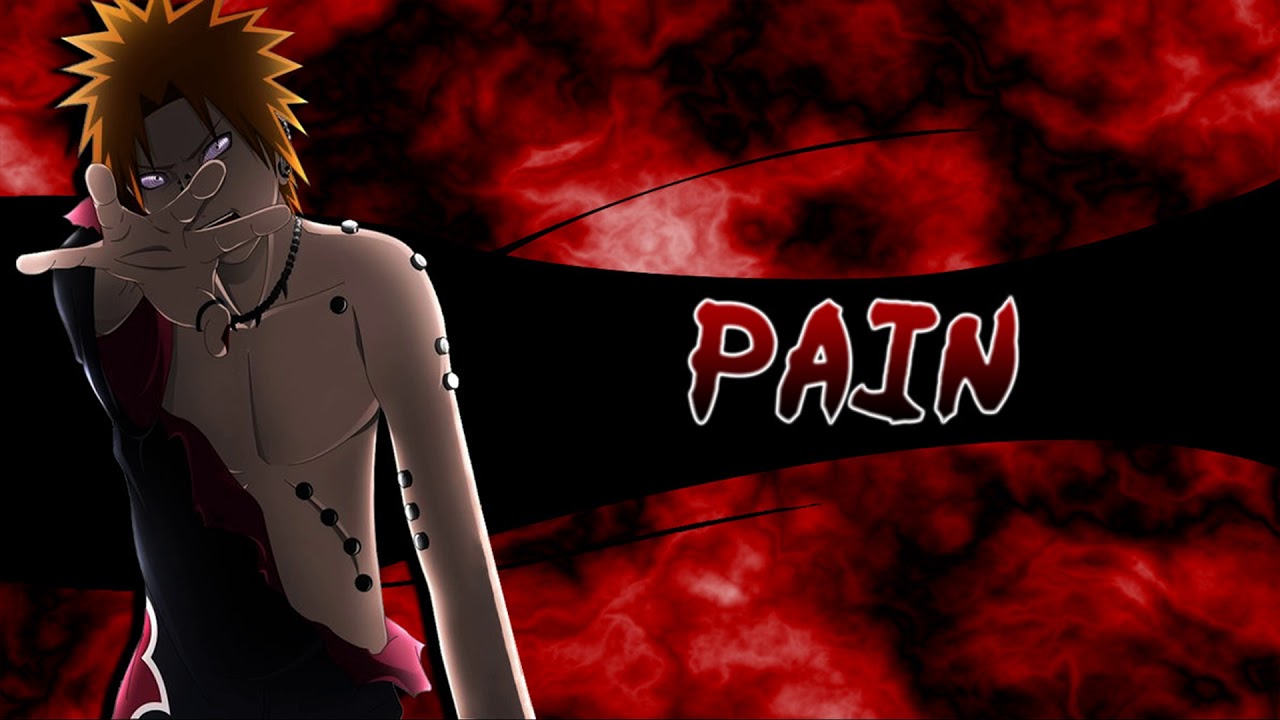Pain is an inevitable part of life, but is pain an automatic reinforcer? While reinforcement typically strengthens behavior, pain is often associated with avoidance rather than motivation. However, psychological and neuroscientific research suggests that pain can indeed function as a reinforcer in certain contexts. This article explores how pain influences behavior, learning, and survival instincts.

What is Reinforcement?
Reinforcement is a fundamental concept in psychology that strengthens or increases the likelihood of a behavior. It is classified into two main types:
Positive Reinforcement: Adding a rewarding stimulus to encourage behavior (e.g., praise for good performance).
Negative Reinforcement: Removing an aversive stimulus to encourage behavior (e.g., taking painkillers to relieve pain).
Understanding Automatic Reinforcement:
Automatic reinforcement occurs when a behavior is strengthened without external rewards or punishments. Examples include:
- Scratching an itch
- Biting nails to relieve stress
- Self-soothing behaviors
Pain-related behaviors, such as rubbing a sore muscle, can fall under this category.
Is Pain an Automatic Reinforcer?
The question of whether pain reinforces behavior is complex. Some perspectives argue that pain is an automatic punisher, discouraging certain actions. However, in cases of self-injury or endurance training, pain can paradoxically reinforce behavior.
The Role of Pain in Learning:
Pain plays a critical role in learning through:
Classical Conditioning: Associating pain with specific stimuli (e.g., touching a hot stove and withdrawing immediately).
Operant Conditioning: Learning to avoid painful experiences through trial and error.
Pain vs. Pleasure: The Reinforcement Dilemma
Humans seek pleasure and avoid pain, yet pain can sometimes act as a motivator. Athletes, for example, endure pain for physical gains, showing how pain can reinforce perseverance.
Neuroscience Behind Pain Reinforcement
Pain perception is linked to:
- The amygdala (emotional processing)
- The prefrontal cortex (decision-making)
- Endorphins (pain relief and pleasure response)
Pain and Survival Mechanisms
From an evolutionary perspective, pain helps in:
- Avoiding dangers
- Strengthening resilience
- Teaching cautionary behaviors
Pain in Social and Emotional Contexts
It influences social behavior, such as:
- Developing empathy for others’ suffering
- Strengthening group bonds through shared hardships
Pain and Self-Destructive Behavior
Why do some people seek pain? Conditions like masochism, self-harm, and high-risk behaviors provide insight into pain as reinforcement.
Pain in Medical and Therapeutic Contexts
Pain has a role in:
- Physical therapy (pushing through discomfort for recovery)
- Rehabilitation (learning pain tolerance)
- Chronic pain management (adjusting behavior to cope)
How to Manage Pain as a Reinforcer?
Strategies include:
- Cognitive-behavioral therapy (CBT)
- Mindfulness and meditation
- Medical pain relief methods
Common Misconceptions About Pain Reinforcement
Myth: Pain always discourages behavior.
Fact: Pain can sometimes encourage persistence and resilience.
Myth: Pain is purely negative.
Fact: Pain has adaptive and protective functions.
FAQs
1. Can pain be a positive reinforcer?
Yes, in some cases, such as endurance training or self-discipline practices.
2. Why do some people seek out pain?
Psychological and neurological factors, including endorphin release and learned behaviors, can drive people to seek pain.
3. How does pain influence learning?
Pain teaches avoidance and caution through conditioning mechanisms.
4. Is pain always a deterrent?
Not always; pain can motivate persistence in sports and rehabilitation.
5. How do athletes tolerate pain?
Through gradual exposure, mental resilience, and neurochemical adaptations.
6. Can pain management techniques alter reinforcement patterns?
Yes, techniques like CBT can help reframe pain perception and responses.
Conclusion
Pain, often viewed as a deterrent, can be an automatic reinforcer in specific contexts. From shaping behaviors through learning to influencing endurance and resilience, pain plays a complex role in human psychology and neuroscience. Understanding its mechanisms can help manage pain effectively and harness its growth potential.
Pain is an unavoidable part of life. From a simple paper cut to chronic health conditions, humans experience pain in various forms. But what role does pain play in shaping our behaviors? Can pain itself be considered an automatic reinforcer?
Read More:
Why Are People with High-Functioning Autism Against People Pleasers?



